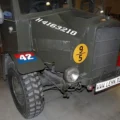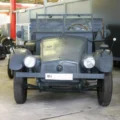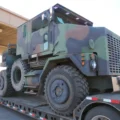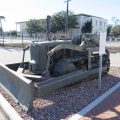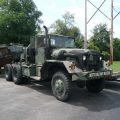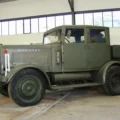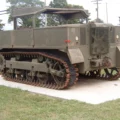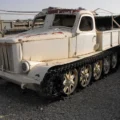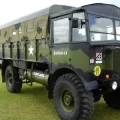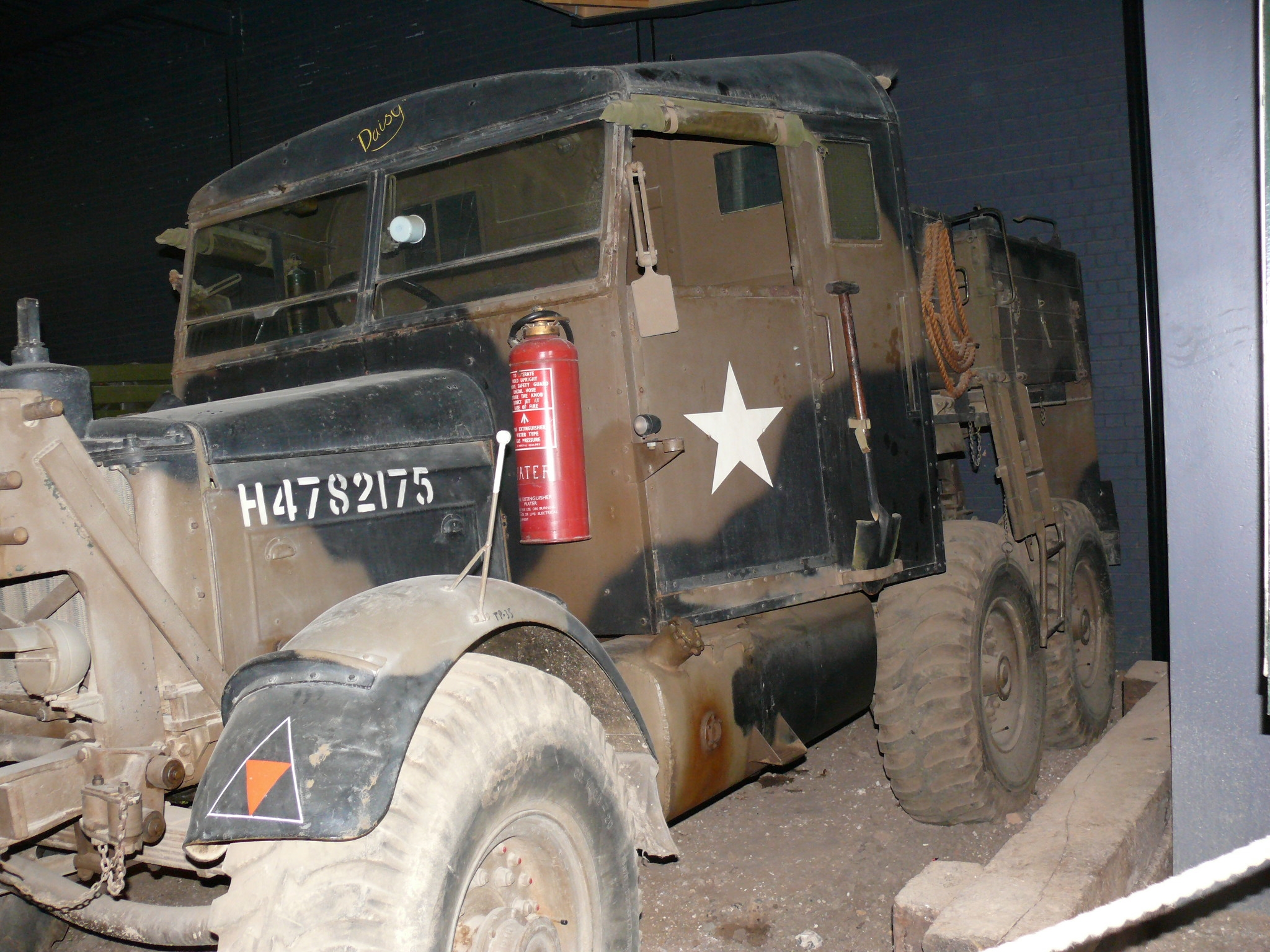
Scammell-pioner | |
|---|---|
| Land | Storbritannia |
| Rolle | Traktor enhet |
| Introduksjon | 1927-1945 |
| Bygget | 3414 |
The Scammell Pioneer was a British 6×4 tractor unit used in the Second World War as an artillery tractor, recovery vehicle and tank transporter.
Kilde: Scammell Pioneer på Wiki
| Scammel Pioneer Gå Rundt | |
|---|---|
| Fotograf | Bart De Pauw |
| Lokalisering | Unknow |
| Bilder | 220 |
| Scammel SV 2S Recovery Tractor Walk Around | |
|---|---|
| Fotograf | Unknow |
| Lokalisering | Unknow |
| Bilder | 33 |
Les også:
Den Scammell-pioner was a versatile and powerful tractor unit that served in various roles during World War II. It was designed as a 6×4 off-road vehicle for use in Britain’s colonies where sealed roads were scarce. The Pioneer had a low-revving diesel engine that gave it impressive pulling power on rough terrain at low speeds. It also had a Scammell winch and a walking beam suspension that allowed it to overcome obstacles.
Den Pioneer was used as an artillery tractor, a recovery vehicle and a tank transporter by the British Army and other Allied forces. As an artillery tractor, it could tow medium and heavy guns, such as the 60-pounder, the 6-inch howitzer, the 8-inch howitzer and the 155 mm Long Tom. It had a long cab that could accommodate the gun crew and their equipment. As a recovery vehicle, it had a folding crane boom that could lift up to 3 tons and a removable counterweight that balanced the load when towing. It also had tracks that could be fitted to the rear wheels to improve traction. As a tank transporter, it had a semi-trailer that could carry up to 20 tons of weight. It was used to transport tanks such as the Matilda, the Valentine and the Crusader.
The Scammell Pioneer was a reliable and robust vehicle that proved its worth in many theatres of war. It was produced from 1927 to 1945, with a total of 3,414 units built. Some of them continued to serve in civilian roles after the war, such as heavy haulage and logging.
Views : 10171


